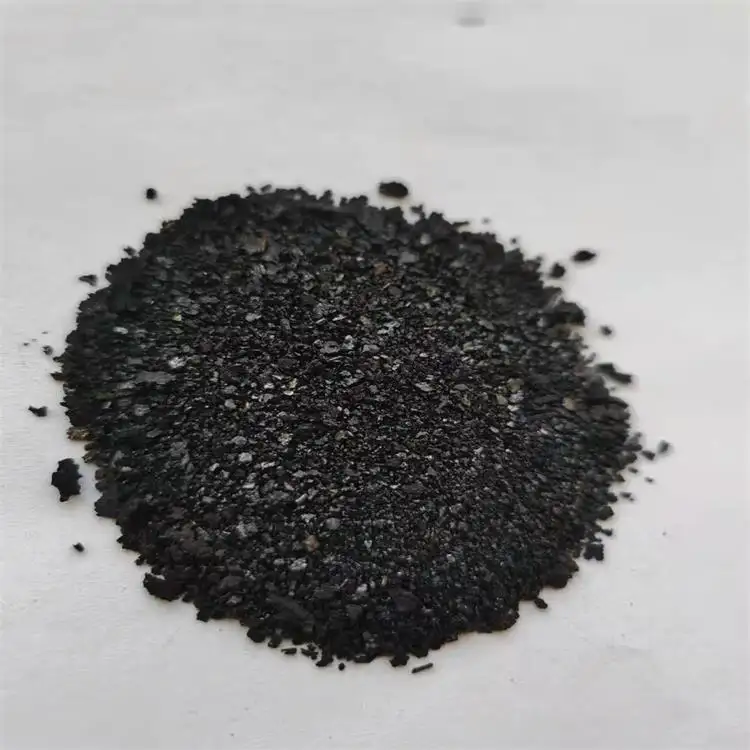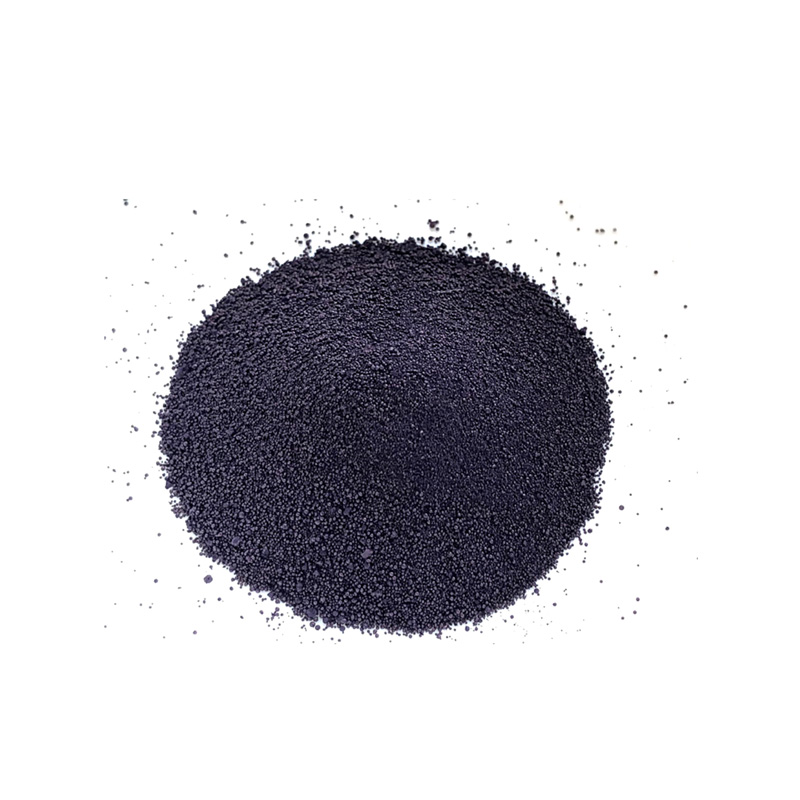
light indigo color company


For the conscientious artist, there’s a growing need for sustainable practices in the creation of indie indigo products. Utilizing plant-based reducing agents, recycling dye vats, and using organic fabrics are steps that not only minimize environmental impact but also enhance the authoritativeness of one's craft. Providing customers with a pledge of sustainability can significantly bolster the perceived integrity of your products. The evolution from amateur to authority in indigo arts involves not just mastering the technical aspects, but cultivating a narrative that resonates with historic significance and environmental mindfulness. Sharing detailed records and results of personal experiments builds expertise and extends trust to a wider audience. Leveraging online communities and forums to exchange insights and troubleshoot challenges can be invaluable. For those developing indigo products for market, showcasing the depth of personal experience—demonstrating real, transformative processes from raw material to final product—establishes authenticity. By offering comprehensive guides, hosting workshops, or documenting this journey through personal blogs, you create a reservoir of authority from which potential customers can draw inspiration. In a digital landscape where originality and credibility drive success, an expert indigo dyer transforms their craft from mere color to a life-enriching narrative. By intertwining expertise with genuine passion for the craft, showcasing sustainable practices, and building a trustworthy brand narrative, DIY indigo products can evolve from simple projects to emblematic symbols of artisanal prowess.
-
The Timeless Art of Denim Indigo Dye
NewsJul.01,2025
-
The Rise of Sulfur Dyed Denim
NewsJul.01,2025
-
The Rich Revival of the Best Indigo Dye
NewsJul.01,2025
-
The Enduring Strength of Sulphur Black
NewsJul.01,2025
-
The Ancient Art of Chinese Indigo Dye
NewsJul.01,2025
-
Industry Power of Indigo
NewsJul.01,2025
-
Black Sulfur is Leading the Next Wave
NewsJul.01,2025

Sulphur Black
1.Name: sulphur black; Sulfur Black; Sulphur Black 1;
2.Structure formula:
3.Molecule formula: C6H4N2O5
4.CAS No.: 1326-82-5
5.HS code: 32041911
6.Product specification:Appearance:black phosphorus flakes; black liquid

Bromo Indigo; Vat Bromo-Indigo; C.I.Vat Blue 5
1.Name: Bromo indigo; Vat bromo-indigo; C.I.Vat blue 5;
2.Structure formula:
3.Molecule formula: C16H6Br4N2O2
4.CAS No.: 2475-31-2
5.HS code: 3204151000 6.Major usage and instruction: Be mainly used to dye cotton fabrics.

Indigo Blue Vat Blue
1.Name: indigo blue,vat blue 1,
2.Structure formula:
3.Molecule formula: C16H10N2O2
4.. CAS No.: 482-89-3
5.Molecule weight: 262.62
6.HS code: 3204151000
7.Major usage and instruction: Be mainly used to dye cotton fabrics.
